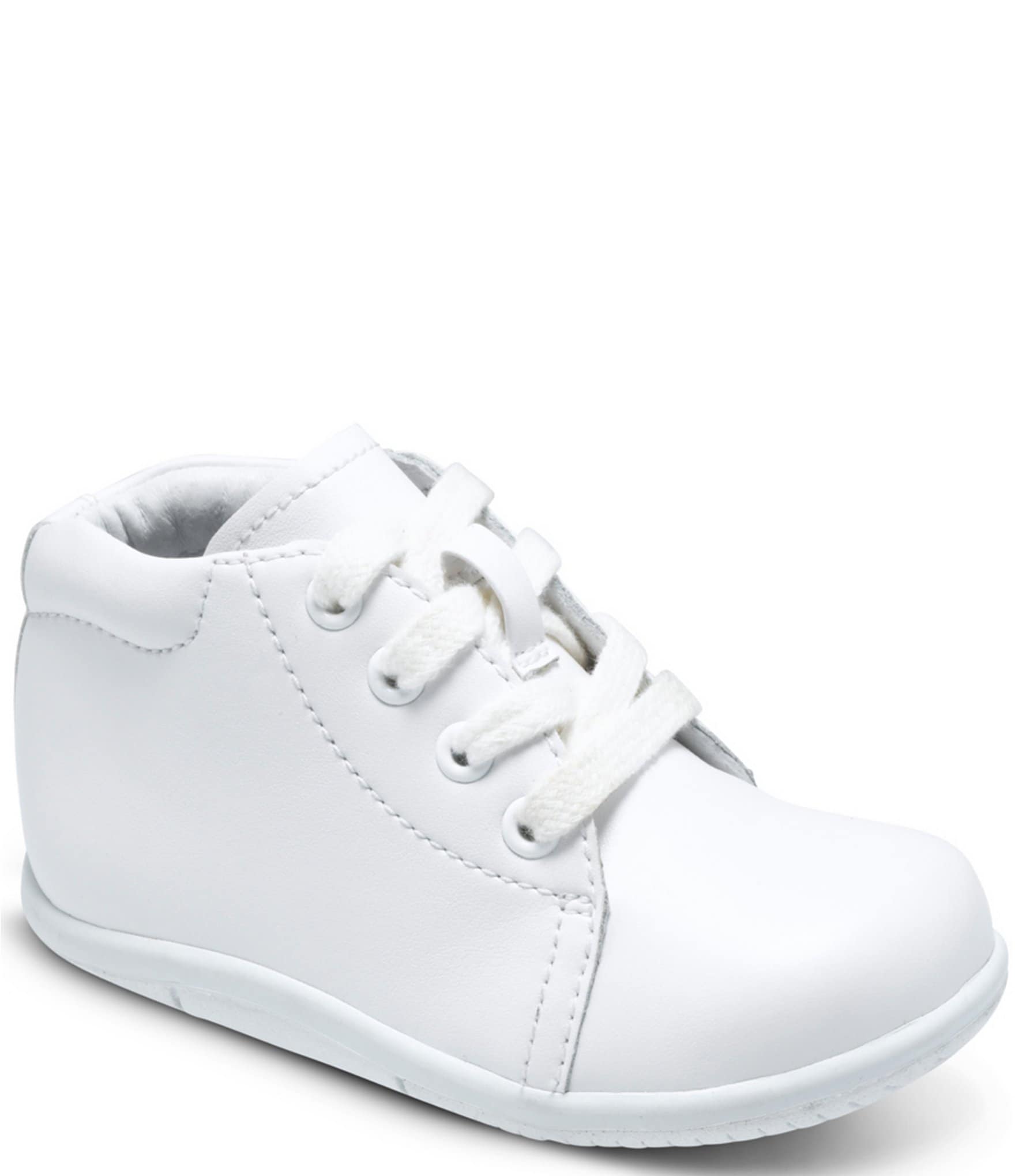
Baby Walking Shoes: A Comprehensive Guide for Parents
Introduction
The moment your baby takes their first steps is a milestone that fills parents with joy and pride. However, choosing the right walking shoes for your little one can be a daunting task. With so many options available, it’s important to understand the factors that contribute to a good fit and support for your baby’s developing feet. This comprehensive guide will provide you with all the information you need to make an informed decision when selecting baby walking shoes.
When to Start Wearing Walking Shoes
The American Academy of Pediatrics (AAP) recommends that babies start wearing shoes once they begin taking consistent steps. This typically occurs between 9 and 12 months of age. However, it’s important to note that every baby develops at their own pace, so don’t be concerned if your child starts walking later or earlier than this range.
Choosing the Right Size
Proper fit is crucial for baby walking shoes. Shoes that are too small can restrict movement and cause discomfort, while shoes that are too large can lead to tripping and falls. To ensure a good fit, follow these steps:
- Measure your baby’s feet: Place your baby’s foot on a piece of paper and trace around it. Measure the length from the heel to the longest toe.
- Add growth allowance: Add 1/2 to 3/4 of an inch to the measured length to allow for growth.
- Check the fit: Have your baby try on the shoes with socks. The shoes should fit snugly but not tightly. There should be enough room for your baby to wiggle their toes.
Types of Baby Walking Shoes
There are several types of baby walking shoes available, each with its own unique features and benefits:
- Soft-soled shoes: These shoes are made from flexible materials and provide minimal support. They are ideal for babies who are just starting to walk and need to feel the ground beneath their feet.
- Hard-soled shoes: These shoes have a rigid sole that provides more support and stability. They are suitable for babies who are walking more confidently and need additional protection for their feet.
- High-top shoes: These shoes extend above the ankle and provide extra support for babies who are prone to rolling their ankles.
- Athletic shoes: These shoes are designed for active babies and provide cushioning and support for running and jumping.
Materials
Baby walking shoes are typically made from a variety of materials, including:
- Leather: Leather is a durable and breathable material that conforms to the shape of your baby’s foot.
- Canvas: Canvas is a lightweight and breathable material that is easy to clean.
- Mesh: Mesh is a breathable material that allows air to circulate, keeping your baby’s feet cool and dry.
- Synthetic materials: Synthetic materials are often used in baby walking shoes because they are durable, lightweight, and easy to clean.
Features to Look For
When selecting baby walking shoes, consider the following features:
- Flexibility: The shoes should be flexible enough to allow your baby’s feet to move naturally.
- Support: The shoes should provide adequate support for your baby’s ankles and arches.
- Breathability: The shoes should be made from breathable materials to keep your baby’s feet cool and dry.
- Durability: The shoes should be made from durable materials that can withstand the wear and tear of daily use.
- Closure: The shoes should have a secure closure, such as laces, Velcro, or buckles, to keep them on your baby’s feet.
Common Mistakes to Avoid
When choosing baby walking shoes, avoid the following common mistakes:
- Buying shoes that are too big: Shoes that are too big can cause tripping and falls.
- Buying shoes that are too small: Shoes that are too small can restrict movement and cause discomfort.
- Choosing shoes with hard soles: Hard soles can restrict movement and make it difficult for your baby to walk naturally.
- Ignoring the fit: Always have your baby try on the shoes before purchasing them to ensure a good fit.
Conclusion
Choosing the right baby walking shoes is essential for your child’s comfort, safety, and foot development. By following the guidelines outlined in this guide, you can make an informed decision that will support your baby’s every step. Remember to consider the size, type, materials, features, and common mistakes to avoid when selecting baby walking shoes. With the right shoes, your little one will be ready to explore the world with confidence and style.
